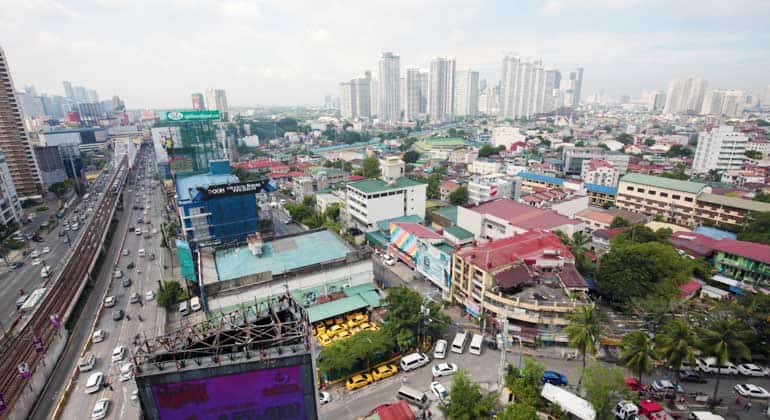
A SUSTAINED surge in property prices could create rising risks for the banking system, an analyst from Fitch Ratings said.
“We believe that the acceleration of property price growth — at current levels of 25% to 30% year on year — presents rising risks in the banking system operating environment, especially if it continues to be sustained,” Tamma Febrian, Associate Director of Financial Institution Group at Fitch Ratings said in an e-mail to BusinessWorld.
“This is because prolonged rapid house price inflation tends to spur borrowers to take on more debt, and developers to over-invest in the future, risking inventory overhang if demand weakens,” he added.
Home prices jumped by record 27.1% in the second quarter, primarily on the back of strong demand for high end-residential projects and the higher costs of production during the lockdown, data from the Bangko Sentral ng Pilipinas (BSP) showed.
Condominium prices climbed 30.1% in the April to June period, followed by single/attached homes (24.1%), town houses (10.8%), and duplexes (0.8%).
In the National Capital region, home prices surged by 34.9%.
As residential property prices went up, housing loans disbursed by lenders plunged 55.2% year on year, as lending standards tightened amid the economic slowdown.
“Recent data on declining residential real estate loan application rates suggest that there are already some early signs of a correction, and we understand that some large developers have also begun to reduce their capital expenditure and offer discounts on selling prices to clear their inventory,” Mr. Febrian said.
Any increase in housing prices will likely moderate depending on the pace of economic recovery. Mr. Febrian said a moderate price correction will be better for the banking system, adding an abrupt fall in home prices could hurt banks.
“A steep decline could potentially have significant repercussions on the banks’ asset quality given their concentration on the property sector, which also has significant positive correlation with the broader economy,” he said.
In order to manage risks that may arise from the property sector, the BSP this year capped banks’ exposure to the real estate sector to 25% from 20% of their loan portfolio.
In August, outstanding loans disbursed by big banks to the real estate sector rose by 9.8% year on year to P1.706 trillion, easing from the 11.5% expansion seen in July.
The banking industry’s gross bad loans surged 35% to P305 billion in August from P225.904 billion a year ago. This brought the nonperforming loan ratio to 2.84% as of end-August, the highest since the 2.87% logged in February 2014.
The BSP expects the industry’s bad loan ratio to reach 4.6% by end-2020, still better than the 17.6% seen in 2002 in the aftermath of the Asian financial crisis. — Luz Wendy T. Noble
#realestateblogph | #realestateblogphpropertynews | #REBPH
Article and Photo originally posted by Business World last October 12, 2020, 12:32am.







More Stories
Vista Land Celebrates 50 Years with Sandiwa: An Event Honoring Leadership, Legacy, and the Filipino Dream of Homeownership
Vista Land Celebrates Love Month in Ilocos Region
Vista Land Bridges Cebuano Heritage and Progress with Valencia by Vista Estates